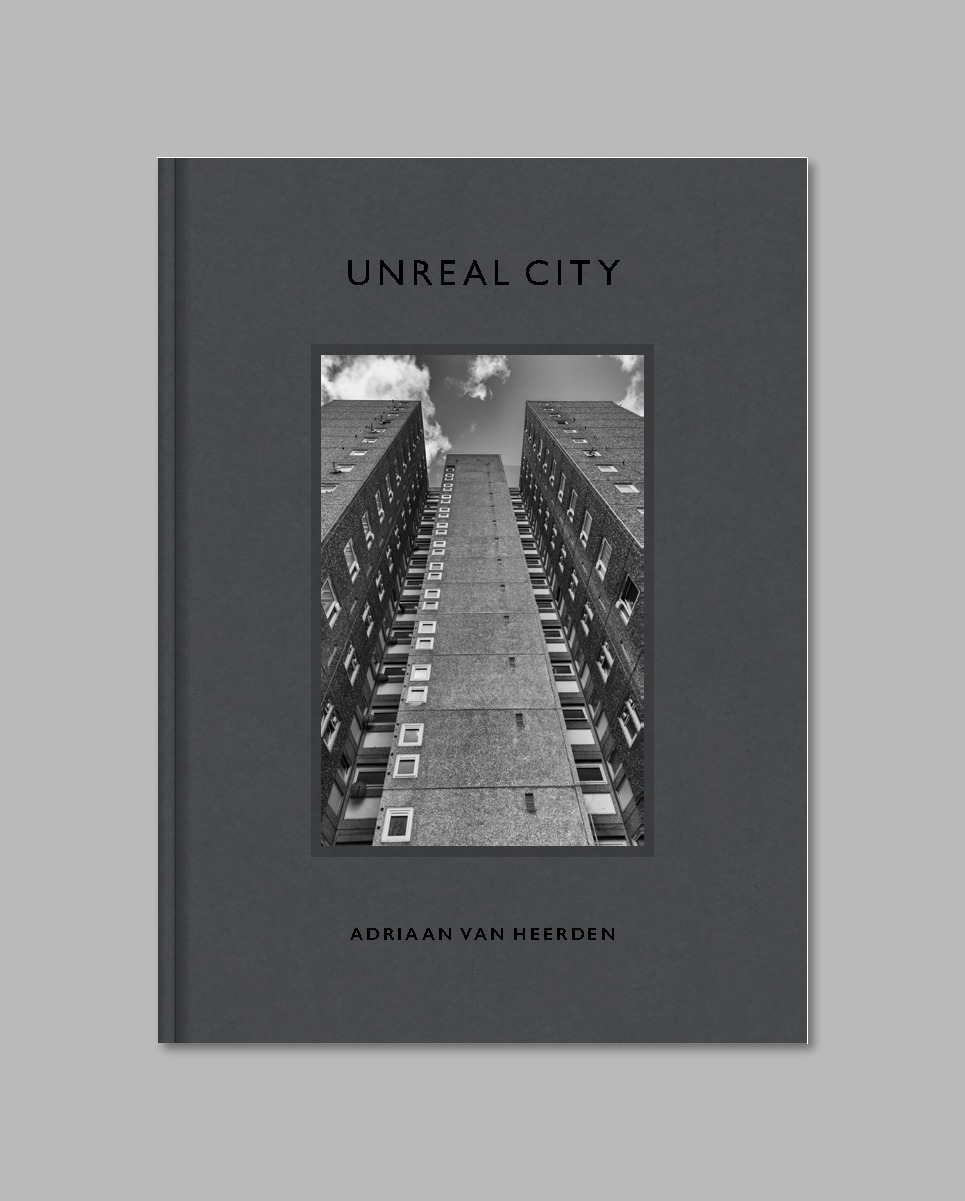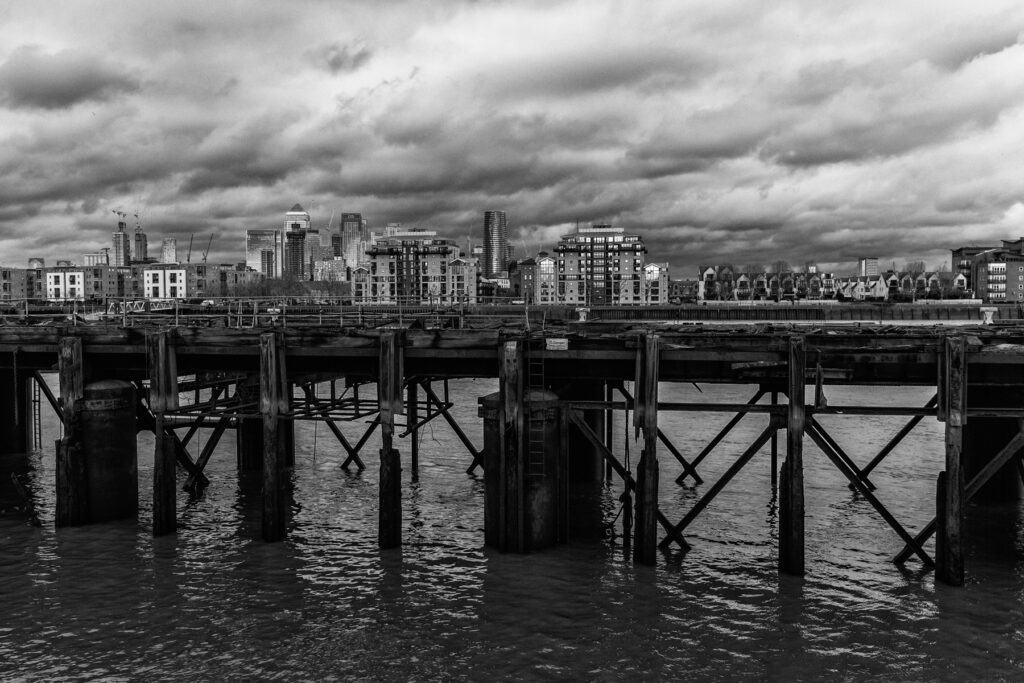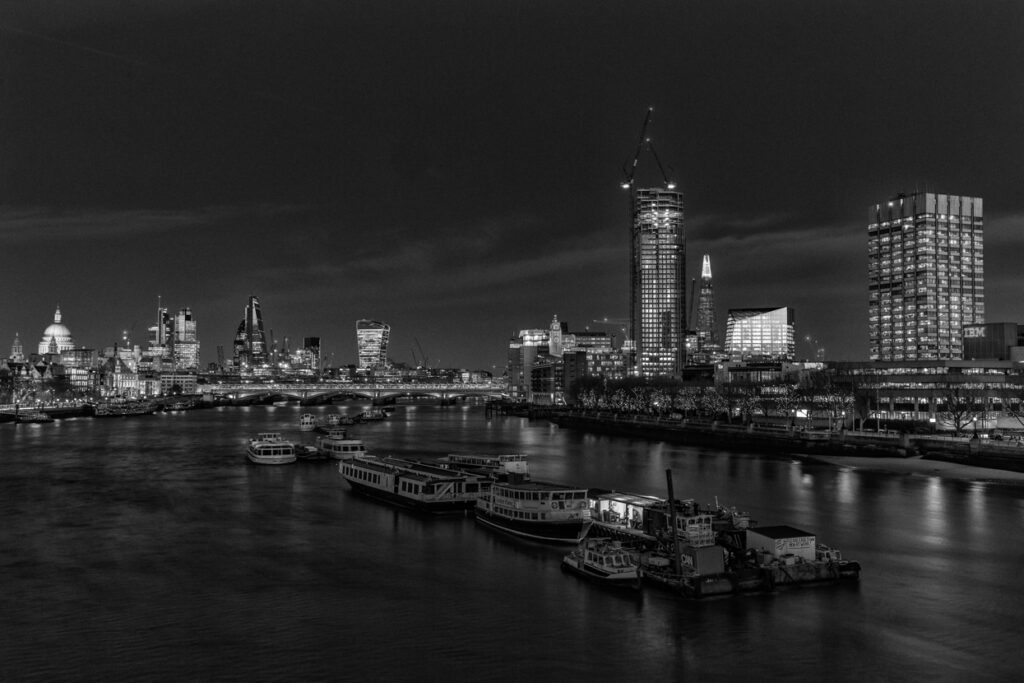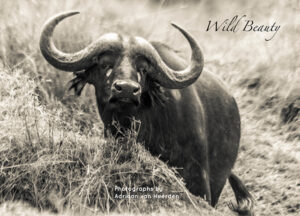Description
“Unreal City” is an important work because it holds up a mirror to London at a time when old communities keep on being destroyed by development, when income inequality keeps growing, when knife crime appears to be out of control, and when Brexit poses serious existential questions to the city.
“Unreal City” is Adriaan van Heerden’s most ambitious project to date and brings together four of his main interests: philosophy, poetry, photography and politics. In essence the book is a photographic conversation with “The Waste Land”, T.S. Eliot’s modernist poetic masterpiece, which many people consider to be the most important poem of the 20th century. The book comprises 85 black and white photographs – taken over a 10 year period – which present London as if it were the waste land. The project has attracted high profile endorsements from Matthew Haley (Head of Books at Bonhams, London), Bernard O’Donoghue (Emeritus Professor of Medieval English and Modern Irish Poetry at Oxford University and Whitbread award winning Faber poet) and Laura Noble (London gallerist, art collector and organiser of the FIX Photo Festival in London).
O’Donoghue and Noble have both written essays for the book. Van Heerden wrote an Introduction to the book as well as notes to most of the pictures. The book was designed by Claire Parsons Brown. One of the pictures from the series was shortlisted for the ArtGemini International Art Prize 2018, while two others were in contention for the Aesthetica Art Prize 2018. Another picture has been shortlisted for the ArtGemini International Art Prize 2019.
In Eliot’s poem, London is the Unreal City which forms the main environment in which many of the characters in the poem have their entrances and exits. Van Heerden’s book reflects many of the themes of the poem: a strong sense of alienation; people’s inability to connect meaningfully; the cruel demands of the city; the failure of religion to provide comfort in this broken world; and the apparently unbridgeable divide between rich and poor. Homelessness and the waste of young lives due to crime feature as themes in the book. The book also contains flashes of dark humour and holds out a few rays of hope that all may not be lost.
Van Heerden’s intention with the project was to view London as it is today through the lens of “The Waste Land”, although it was his own transmutation of “The Waste Land” which forms the basis of the juxtaposition, and not an attempt to determine what Eliot’s own visual take might have been. In his essay for the book, Bernard O’Donoghue describes Van Heerden’s process as “creative mismatching”. For example, the triptych of pictures which accompanies the first few words of the poem, “April is the cruellest month”, retraces the final moments of Stephen Lawrence’s life (2018 was the 25th anniversary of his murder in April 1993). Eliot himself could of course not have known anything about Stephen Lawrence, but the juxtaposition highlights a poignant fact about the daily lives of many of London’s inhabitants today: the tragic waste of life that takes place on a daily basis as a result of crime, racism, sexism, misogyny, neglect, abuse, etc.
In the process of giving expression to these ideas, the pictures started to create a language of their own, and certain visual motifs were created in the pictures which are not in the text of the poem, and which arguably hinged the book into a more radical political stance than that occupied by Eliot’s poem. A few examples are: the “towers of the rich versus towers of the poor” motif; toxic materialism which affects rich and poor alike; the vulnerability of children; and the plight of the “outcasts” of society. The pictures imprint upon the viewer the harsh reality of life for many of their fellow human beings; a harshness which cannot easily be airbrushed away, ignored or forgotten. The cumulative effect of the pictures is a “photographic poem” (as Dr Mahlet Zimeta described it): a haunting whole that is greater than the sum of its individual parts.
The book measures 225 x 165 mm and comprises 192 pages.
Read Adriaan’s interview with The London Magazine on the book.
Below are a few things that people have said about the book so far:
“Van Heerden shows that Eliot’s view of the world has within it a humanity to which these pictures give vivid, if harsh, reality” — Bernard O’Donoghue
“‘Unreal City’ dovetails beautifully with T.S. Eliot’s seminal poem ’The Waste Land’. Van Heerden’s contemporary translation through poetic imagery captures the immediacy of London, a city still full of power and sadness, illumination and darkness.” — Laura Noble
“I was blown away. The pictures are simply stunning. ‘Unreal City’ is the best art project I’ve seen in a very long time.” — Paul Presley, Editor of Geographical Magazine
“Mind-blowing” — Sue Williams
“Incredible” — The London Magazine
“‘Unreal City’ is just wonderful – I’m in awe! Hauntingly atmospheric and intuitively perceptive” — Annamarie Dzendrowskyj
“Such an original and creative project – basically a photographic poem” — Dr Mahlet Zimeta
“A high profile publishing project of considerable cultural significance” — Julian Roup
Get an unsigned version of the book for £49.95, or a signed copy for £74.95.
For £300 get a signed copy of the book PLUS a beautiful 9 x 6 inch print of the following picture of this London cityscape:
For £1,500 get a signed and numbered copy of the book PLUS a signed and numbered limited edition 12 x 8 inch print of Sunset, Waterloo Bridge, London:






Reviews
There are no reviews yet.